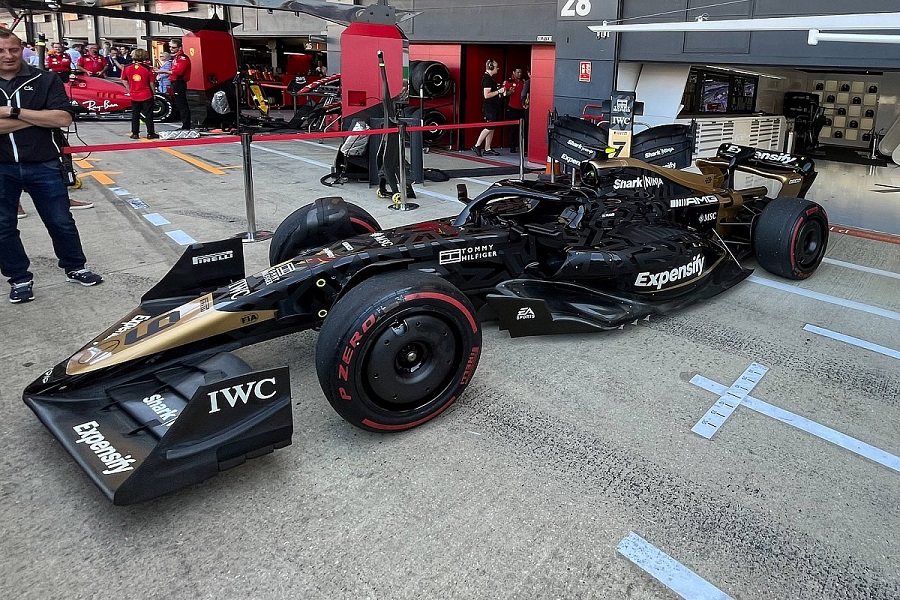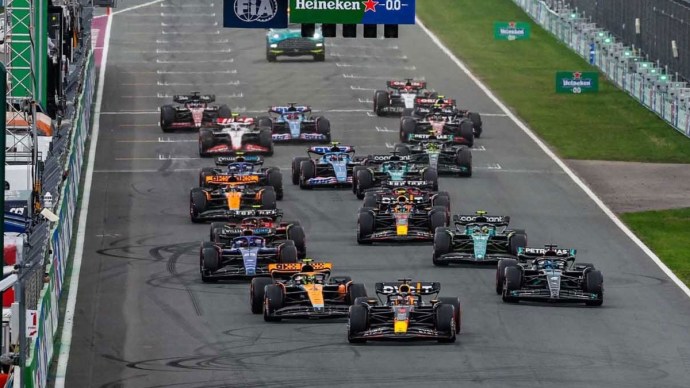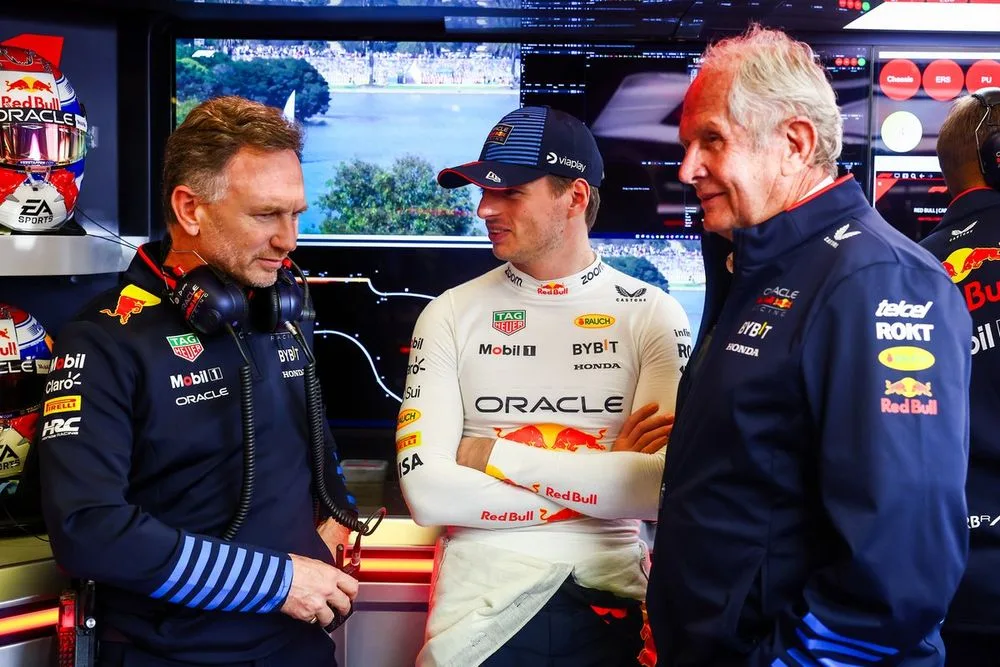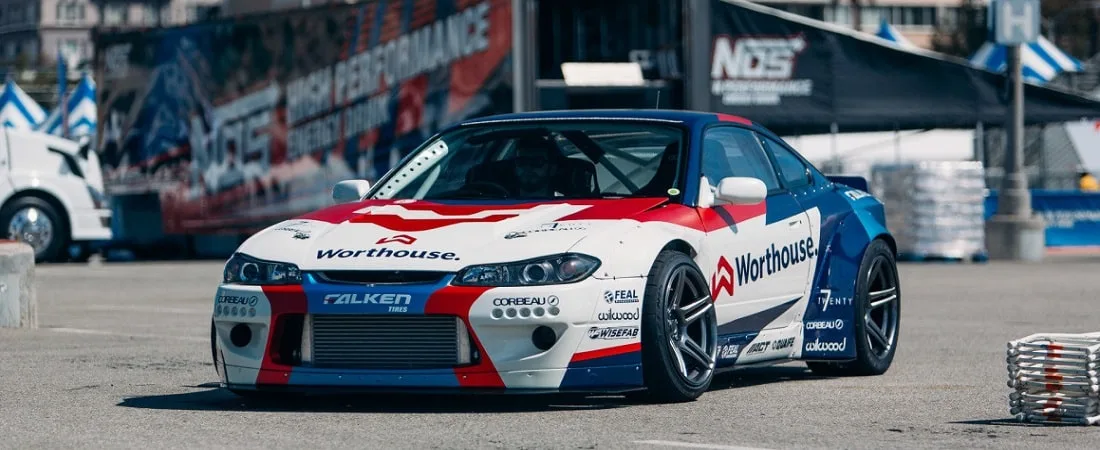
F1’s Battle Against Flexi-Wings: New Regulations Unveiled
Formula 1, a sport defined by speed, precision, and innovation, is perpetually in a dance between engineering marvels and stringent regulations. As teams push the boundaries of what’s possible, FIA, the governing body, ensures the playing field remains level and safe. The latest chapter in this ongoing tango revolves around the controversial flexi-wings.
Flexi-Wings: An Engineering Ingenuity
Over the years, F1 teams have strived to improve aerodynamic efficiency, seeking every possible advantage. One of the outcomes of this relentless pursuit was the development of flexible aerodynamic components, commonly termed as ‘flexi-wings’. These wings, while appearing static during inspections, would flex at high speeds, altering their shape and thereby reducing drag.
This ingenuity provided teams with a substantial speed advantage on straights without compromising downforce in corners. However, as brilliant as it sounds, it did not sit well with many, citing safety concerns and a breach of the ‘spirit of the sport’.
The Controversy Unfolds
Flexi-wings became a point of contention as rival teams began pointing fingers, alleging undue advantages. The heart of the matter was not the flexibility itself, but the extent and manner in which these components flexed. Some teams were suspected of designing systems that would pass static tests but would flex significantly under racing conditions.
The controversy reached its zenith during a race where a leading car, suspected of having an ultra-flexible rear wing, outpaced its competitors on the straights with apparent ease. The following uproar from teams and fans alike prompted FIA to revisit its regulations.
New Clampdown: The FIA’s Response
- Stricter Tests: The FIA introduced a series of enhanced load and deflection tests, ensuring components do not flex beyond permissible limits under dynamic conditions.
- Clearer Definitions: Ambiguities in regulations were addressed, with clearer definitions on what constitutes ‘excessive flexibility’.
- Penalties: Teams found in breach of these updated regulations would face severe penalties, ranging from points deduction to race bans.
- Transparency: In a bid to maintain transparency and uphold the sport’s integrity, results of these tests would be made public, shedding light on which teams are walking the fine line.
- Feedback Mechanism: Teams are now encouraged to report suspicions, backed by evidence, about rivals who might be bending the rules. This participative vigilance approach is hoped to deter underhanded tactics.

Teams’ Reactions and Challenges Ahead
As expected, the clampdown has received mixed reactions. While some teams lauded the move, calling it a step towards a safer and fairer competition, others expressed concerns. They feared these regulations might stifle innovation, a cornerstone of F1 racing. The immediate challenge for many was to redesign their aerodynamics without compromising performance, a herculean task given the season’s progress.
Beyond the technical challenges, teams also grapple with the strategic implications. Deciding when to introduce their modified components, given the potential performance drop, is a crucial decision influencing championship outcomes.
A Glimpse Into the Future
Formula 1 stands at a crossroads, balancing innovation and regulation. While it’s imperative to ensure safety and fairness, the essence of F1 lies in pushing engineering boundaries. This flexi-wing saga is but one episode in the long-standing drama between innovators and regulators.
Only time will tell how these new rules influence the championship battles and team dynamics. However, one thing is certain – Formula 1, with its passion, controversies, and brilliance, remains as captivating as ever.




